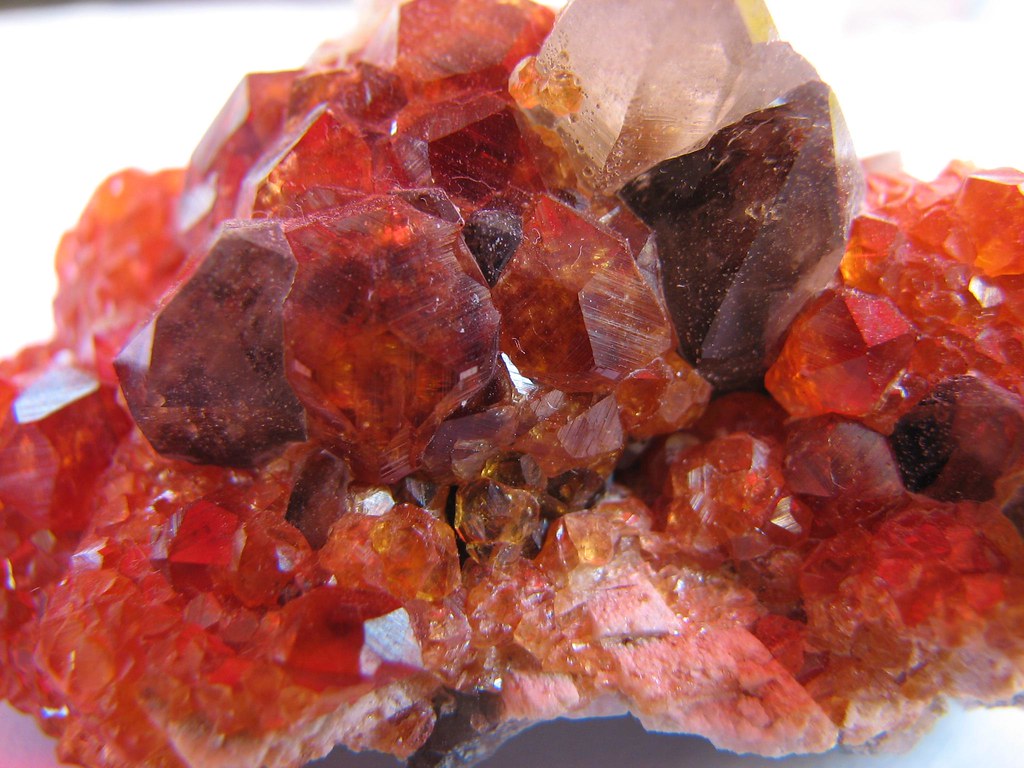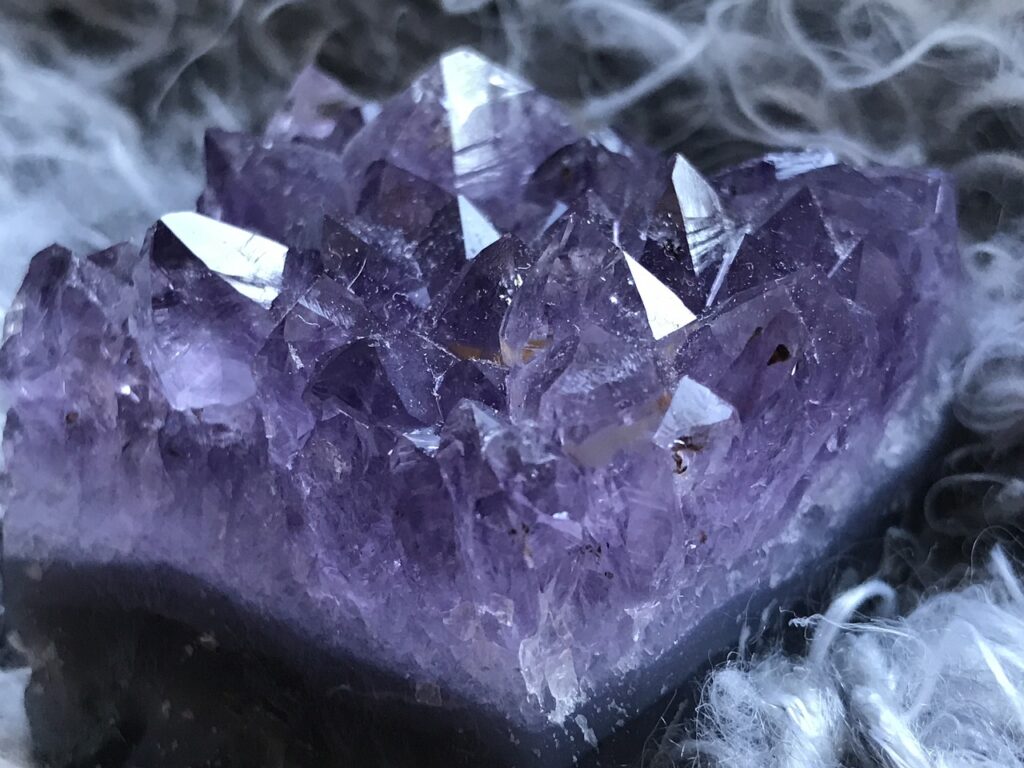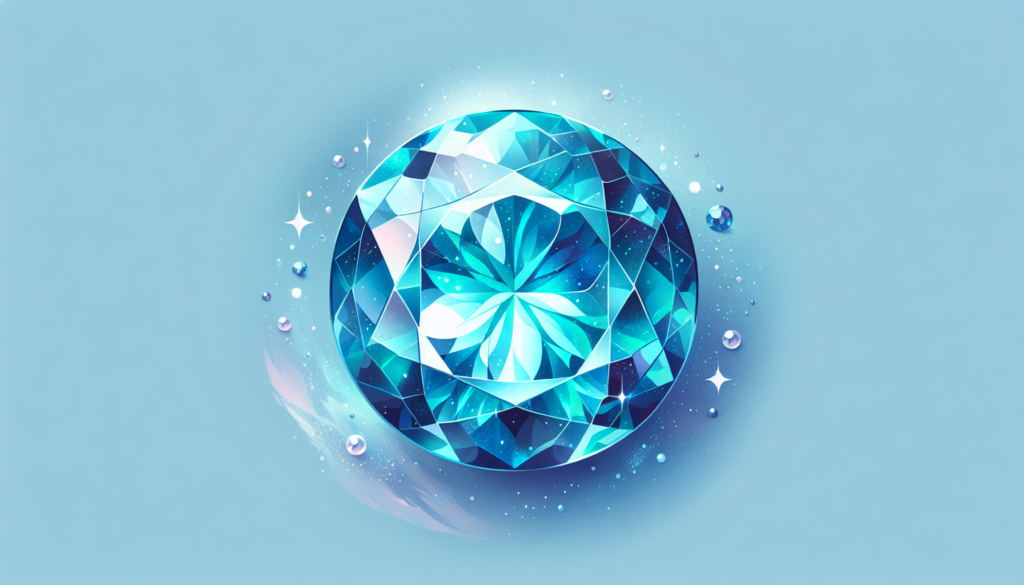December birthstone: Blue Topaz. Discover the radiant gem that symbolizes optimism and confidence for those born in December. Blue Topaz, with its enchanting hue ranging from pale blue to vibrant teal, is sure to captivate anyone who lays eyes on it. Its mesmerizing color is said to bring tranquility and calmness, making it the perfect stone for soothing turbulent emotions. As you embark on a journey to learn more about this exquisite gem, prepare to be dazzled by its beauty and the remarkable qualities it holds.
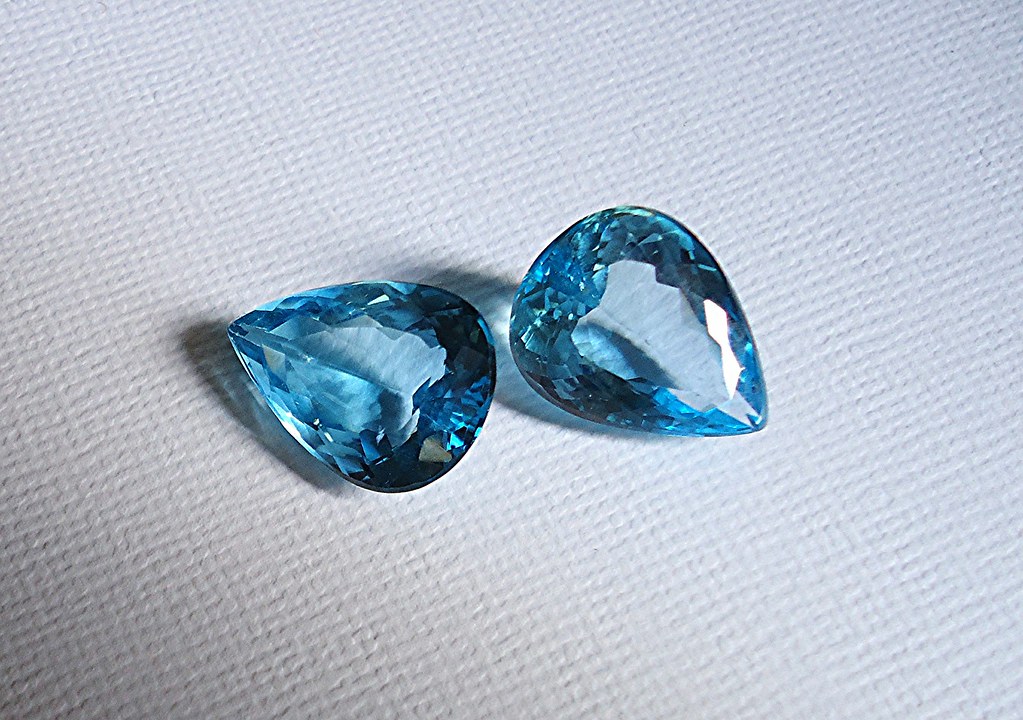
The Origins of Blue Topaz
Historical significance of Blue Topaz
Blue topaz holds a significant place in history, dating back thousands of years. It was highly prized by ancient civilizations for its mesmerizing blue hue and believed to possess powerful properties. Throughout history, blue topaz has been associated with wisdom, courage, and strength. It was often used as a talisman or amulet to protect against harm and bring good fortune.
Ancient civilizations and Blue Topaz
Blue topaz was particularly valued by the ancient Egyptians, who believed it could harness the power of the sun god Ra. They associated its vibrant blue color with the heavens and viewed it as a symbol of divine protection. The Romans, too, admired blue topaz and believed it had the power to enhance mental clarity and stimulate creativity. In ancient Greece, blue topaz was associated with Apollo, the god of light and knowledge.
Location and sources of Blue Topaz
Blue topaz is primarily found in countries such as Brazil, Russia, Sri Lanka, and Nigeria. Brazil is the largest producer of blue topaz, accounting for a significant portion of the world’s supply. In Brazil, blue topaz is commonly found in the state of Minas Gerais. Other sources, such as Russia, Sri Lanka, and Nigeria, also contribute to the global production of this enchanting gemstone.
The Symbolism and Meaning behind Blue Topaz
Symbolic features of Blue Topaz
Blue topaz is often associated with calmness, serenity, and emotional balance. Its soothing blue color is believed to promote relaxation, reduce stress, and bring about mental clarity. Additionally, blue topaz is seen as a symbol of communication, encouraging clear and effective expression of thoughts and emotions. It is also thought to promote feelings of joy, love, and harmony.
Healing properties of Blue Topaz
In the realm of healing, blue topaz is believed to have a range of beneficial properties. It is said to aid in enhancing communication skills, reducing anxiety, and promoting emotional healing. Blue topaz is also thought to strengthen the throat chakra, stimulating self-expression and assisting with effective communication. Furthermore, it is believed to promote feelings of confidence and self-assurance.
Emotional symbols associated with Blue Topaz
Blue topaz is often associated with emotions such as love, friendship, and loyalty. Its calming energy is believed to promote harmony in relationships and encourage open and honest communication. Blue topaz is also associated with feelings of serenity and tranquility, helping to reduce stress and promote overall emotional well-being.
Blue Topaz in cultural and religious contexts
Blue topaz has been highly regarded in various cultures and religions. In Hinduism, blue topaz is associated with the god Brahma, often representing purity and wisdom. In Christianity, blue topaz is sometimes seen as a symbol of spiritual healing and purification. In modern times, blue topaz has become a popular choice for engagement rings, symbolizing loyalty and commitment in romantic relationships.
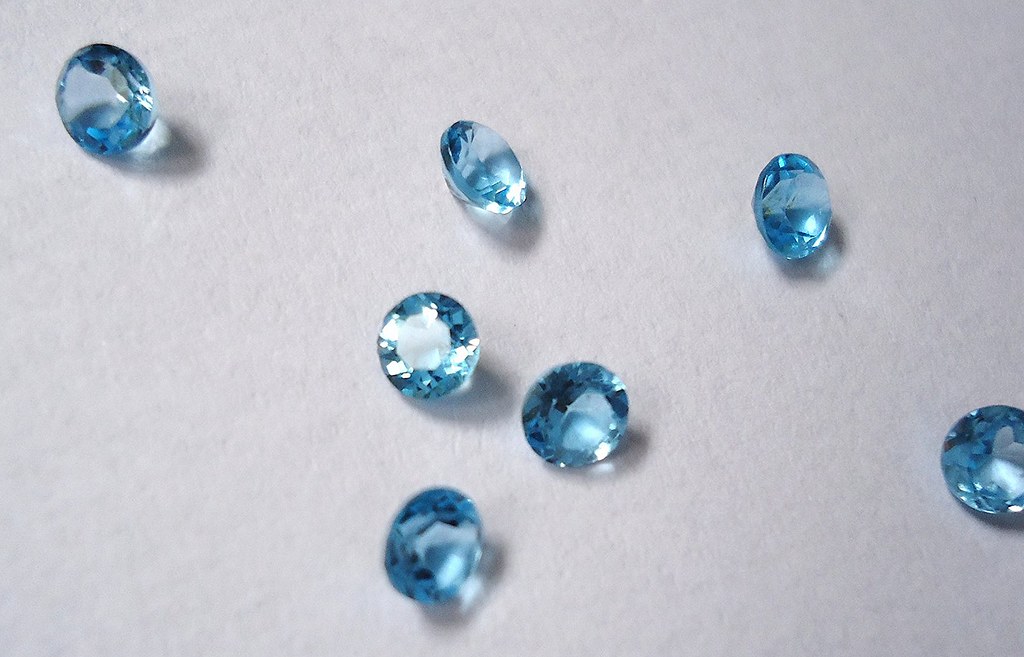
Physical and Chemical Properties of Blue Topaz
Formation and crystal structure
Blue topaz is formed through the process of crystallization deep within the Earth’s crust. It is a variety of the mineral topaz, composed of aluminum, silicon, and oxygen. Blue topaz gets its vibrant blue color through the presence of certain impurities. The crystal structure of blue topaz belongs to the orthorhombic system, characterized by three axes of unequal length that intersect at right angles.
Hardness and durability
Blue topaz has a hardness rating of 8 on the Mohs scale, making it a relatively durable gemstone that can withstand everyday wear. However, it is important to note that blue topaz can still be susceptible to damage if subjected to high impact or extreme temperature changes. It is recommended to handle blue topaz jewelry with care to avoid any potential scratches or chips.
Color variations and causes
Blue topaz occurs in a wide range of blue shades, ranging from a pale sky blue to a deep Swiss blue. The color variation in blue topaz is primarily influenced by trace elements and the presence of defects within the crystal lattice. The most prized blue topaz is a vivid and saturated blue color. It is important to note that blue topaz can also be treated with heat to enhance its color.
Clarity and transparency
Blue topaz is known for its excellent clarity, often possessing few to no visible inclusions. This high transparency allows light to pass through the gemstone, creating a vibrant and luminous appearance. Blue topaz can exhibit a variety of faceting styles, including step-cut, brilliant-cut, and mixed-cut, which further enhance its brilliance and sparkle.
The Value and Quality of Blue Topaz
Factors that influence its value
Several factors affect the value of blue topaz. The most significant factors include the size (carat weight) of the gemstone, the quality of its color (hue, saturation, and tone), and the overall clarity of the stone. Additionally, the cut and shape of the blue topaz can also influence its value, with well-proportioned and precisely faceted stones commanding higher prices.
Quality grading criteria
When evaluating the quality of blue topaz, gemologists consider its color, clarity, cut, and carat weight. The color is assessed based on the hue (blue) and its saturation and tone (how intense and dark the blue is). Clarity refers to the presence or absence of internal or external flaws (inclusions). The cut assesses the precision and craftsmanship of the stone’s faceting, while the carat weight determines its size.
Importance of cut, carat, and clarity
The cut of a blue topaz greatly affects its overall appearance, as well-cut stones maximize light reflection and brilliance. Carat weight refers to the size of the gemstone, with larger stones typically being more valuable. Clarity is an essential aspect as well, with higher clarity stones commanding higher prices due to their rarity and desirability.
How to determine the quality of Blue Topaz
To accurately determine the quality of blue topaz, it is advisable to consult with a reputable jeweler or gemologist. They can assess the gemstone’s color, clarity, cut, and carat weight, providing valuable insight into its quality and value. It is essential to examine multiple factors and consider personal preferences when selecting blue topaz jewelry.
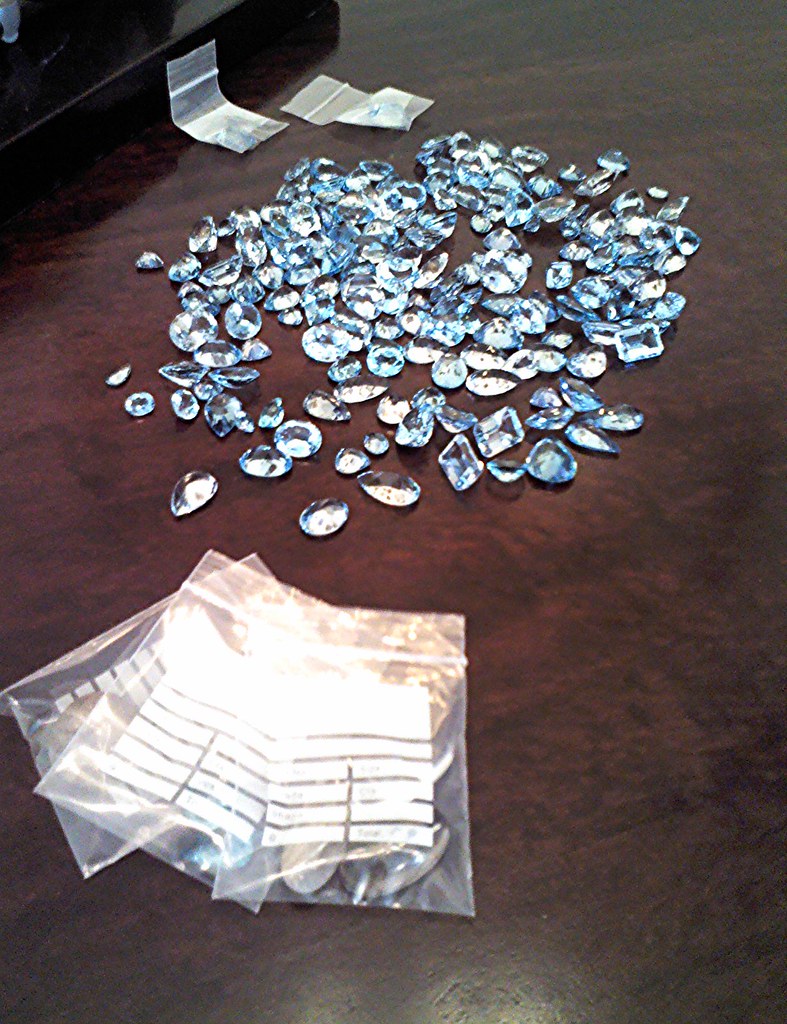
Blue Topaz in Jewelry
Common use in jewelry pieces
Blue topaz is a popular choice for various types of jewelry pieces, including rings, earrings, necklaces, bracelets, and pendants. Its vibrant blue color and excellent clarity make it an eye-catching gemstone. Blue topaz is often used as the focal point in jewelry designs or paired with other gemstones to create striking combinations.
Preferred cuts and styles
Blue topaz lends itself well to a wide range of cuts and styles. The most popular cuts for blue topaz include round, emerald, princess, pear, and oval. The brilliant-cut and mixed-cut styles are commonly used to maximize the stone’s brilliance and sparkle. Blue topaz is also frequently faceted into various fancy shapes, such as heart, cushion, and marquise.
Maintaining and caring for Blue Topaz jewelry
To keep your blue topaz jewelry looking its best, it is essential to properly care for it. Avoid exposing blue topaz to harsh chemicals, such as bleach or abrasive cleaning agents, as they can damage the stone. Additionally, remove your blue topaz jewelry when engaging in physical activities or household chores to prevent accidental scratches or damage.
How to Choose Blue Topaz jewelry
When selecting blue topaz jewelry, consider factors such as personal style, budget, and the occasion for which the piece will be worn. Examine the quality of the blue topaz, looking for vibrant color, excellent clarity, and a well-cut stone. It is also important to choose a setting and metal type that suits your preferences and complements the blue topaz effectively.
Famous Blue Topaz Pieces
Historical significant Blue Topaz pieces
Blue topaz has graced the jewelry collections of numerous influential figures throughout history. One notable example is the Grand Imperial Russian Topaz, a stunning 22,892-carat blue topaz displayed in the Diamond Fund of the Kremlin Armoury in Moscow. This exceptional gemstone was discovered in Brazil and later acquired by Russian royalty.
Blue Topaz in modern jewelry collections
Today, blue topaz continues to captivate jewelry designers and collectors. Renowned jewelry houses, such as Tiffany & Co., showcase exquisite blue topaz pieces in their collections, featuring the gemstone in elegant and contemporary designs. Blue topaz’s allure and versatility make it a popular choice for both traditional and modern styles of jewelry.
Famous gem collectors and their Blue Topaz
Blue topaz has been sought after by many notable gem collectors throughout history. One such collector is Benjamin Zucker, a renowned gem expert and owner of the prestigious Benjamin Zucker Rare Jewels in New York. Zucker has curated a collection of exquisite blue topaz pieces, showcasing the stone’s beauty and allure to discerning collectors and enthusiasts.
The process of Buying Blue Topaz
Understanding where to buy Blue Topaz
Blue topaz can be purchased from various sources, including jewelry stores, online retailers, and gemstone wholesalers. It is important to ensure that the seller is reputable and offers a genuine product. Research the seller’s reputation, customer reviews, and certifications to ensure authenticity and quality.
Evaluating quality and worth
When buying blue topaz, it is crucial to evaluate the quality and worth of the gemstone. Look for vibrant and consistent color, high clarity, and precision in the cut. Consider factors such as carat weight and presence of any treatments, as they can affect the value of the stone. Consulting with a knowledgeable gemologist or jeweler can provide valuable insights into the quality and worth of blue topaz.
Typical costs of Blue Topaz
The price of blue topaz can vary depending on several factors, including size, color, clarity, cut, and overall quality. Smaller blue topaz stones can be relatively affordable, with prices starting at a few dollars per carat. However, larger stones, particularly those with vivid color and high clarity, can command higher prices, reaching several hundred dollars per carat or more.
How to identify fakes or low-quality Blue Topaz
To identify fakes or low-quality blue topaz, it is essential to examine the gemstone closely. Look for signs of artificial coloration or poor clarity, such as visible inclusions, cloudiness, or lack of brilliance. It is also advisable to purchase blue topaz from reputable sources that provide certifications or guarantees of authenticity. Consulting with a professional gemologist can help ensure that you are purchasing a genuine blue topaz.
Alternative December Birthstones
Comparison to other December birthstones
December boasts various birthstones, including turquoise, tanzanite, and zircon. Each birthstone offers its unique charm and symbolism. Blue topaz stands out with its vibrant blue hues, while turquoise offers a distinct greenish-blue color. Tanzanite exhibits deep blue and violet tones, and zircon comes in various colors, including blue. Each birthstone offers unique attributes that can resonate with individuals born in December.
Suitability based on tastes and preferences
The choice of alternative December birthstones depends on personal tastes and preferences. Blue topaz is often favored for its soothing blue color and symbolic meanings, resonating with individuals who appreciate tranquility and emotional balance. Turquoise appeals to those who appreciate the vintage and earthy appeal of the stone. Tanzanite captivates with its deep blue hue, while zircon offers a versatile array of colors.
The myths and meanings behind alternative December birthstones
Turquoise has long been associated with protection, luck, and healing properties. It is believed to bring good fortune and ward off negative energies. Tanzanite is associated with spiritual growth, deepening intuition, and enhancing communication with the divine. Zircon is regarded as a stone of purity and represents wisdom and understanding.
Blue Topaz Care and Maintenance
How to clean Blue Topaz
To clean blue topaz, use a mild soap or detergent mixed with warm water. Gently scrub the gemstone using a soft brush or cloth, ensuring to remove any dirt or residue. Rinse the blue topaz thoroughly under running water and pat it dry using a soft, lint-free cloth. Avoid exposing blue topaz to harsh chemicals or ultrasonic cleaners, as they can damage the stone.
Avoiding damage and scratches
To prevent damage and scratches to blue topaz, avoid wearing jewelry pieces while engaging in physical activities or interacting with abrasive surfaces. When storing blue topaz jewelry, ensure it is kept separate from other gemstones or metal jewelry to prevent potential scratches. It is advisable to store blue topaz in a soft pouch or a jewelry box with individual compartments.
Proper storage for Blue Topaz
Proper storage is essential to maintain the beauty and integrity of blue topaz. Store blue topaz jewelry in a clean and dry environment, away from direct sunlight or excessive heat. Ideally, store the jewelry in a fabric-lined jewelry box or a soft pouch to protect it from potential scratches or damage.
Annual maintenance routines
To keep blue topaz jewelry in optimal condition, consider an annual maintenance routine. Have the jewelry professionally inspected and cleaned to ensure that the settings are secure and free from any damage. Professionals can also assess the integrity of the blue topaz and identify any signs of wear or potential issues requiring attention.
The Rarity and Sustainability of Blue Topaz
Environmental impact of Blue Topaz mining
Mining blue topaz can have both positive and negative environmental impacts. The extraction of blue topaz requires the use of heavy machinery and the disruption of the surrounding ecosystems. However, some mining operations implement practices to mitigate these impacts, such as land rehabilitation and restoring biodiversity. It is important to support responsible mining practices to minimize the environmental footprint.
Ethical considerations in the Blue Topaz trade
Ethical concerns in the blue topaz trade revolve around fair labor practices and the protection of miners’ rights. It is crucial to support sources that prioritize fair wages, safe working conditions, and social development programs for the communities involved in blue topaz mining. Additionally, ensuring that the supply chain is free from conflict or exploitative practices is vital for ethical considerations.
Availability of Blue Topaz in the market
Blue topaz is readily available in the market, thanks to its widespread production and popularity. With various sources around the world contributing to the supply of blue topaz, it is relatively easy to find a range of blue topaz jewelry and loose gemstones in a variety of cuts, sizes, and qualities.
Future predictions for Blue Topaz supply and demand
The demand for blue topaz is expected to continue growing steadily, bolstered by its beauty and affordability. While blue topaz is not as rare as some other gemstones, ensuring sustainable mining practices and ethical sourcing will be crucial to meet the growing global demand. As consumer awareness of responsible sourcing increases, the industry is likely to respond with more sustainable practices and transparent supply chains.


